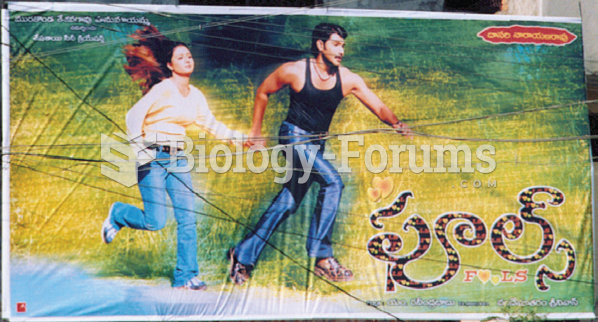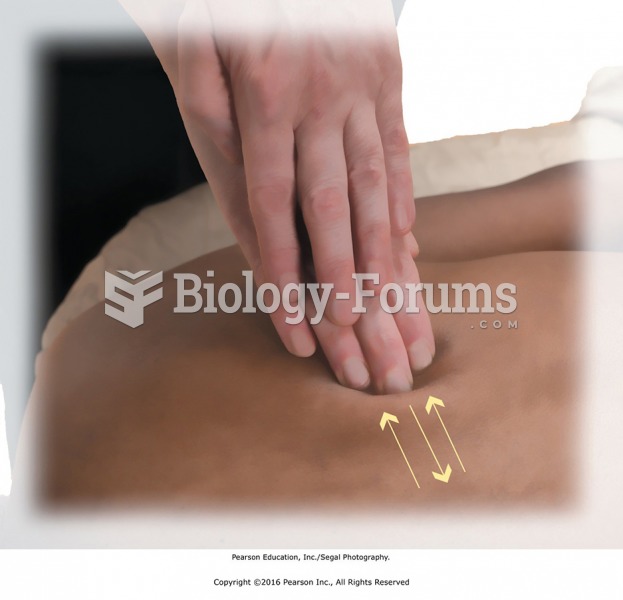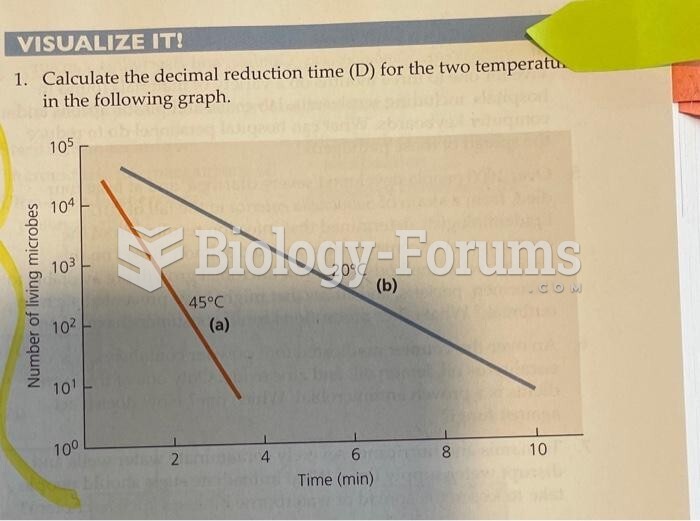Answer to Question 1
The authors of this text created a set of principles of effective early literacy instruction. These are printed below. Read the description of a teacher's early literacy practice below. Describe which of the principles are evidenced in this description and explain how the principle is evidenced in the description.
The Description
The children I work with are ages 4 and 5 years, and live in a rural area, with a strong Hispanic influence. One of the region's most interesting traditions is the Saturday morning market. Families bring their produce and many home crafts to sell at the local fairgrounds. The bilingual children are expected to help their parents tend the family booth. The children also enjoy shopping at other booths. To begin the year, I initiated a dramatic play center that resembled two sales booths. The children helped to decide what materials needed to be placed in the booths. We made illustrated lists and sent home a letter (in both Spanish and English) to the parents asking to have items donated to our center. Most of the families responded by sending one or two of their family's specialties. As we organized the center, we included price tags on the merchandise, set up a cash box, put receipt forms in the center to record purchases, established a turn-taking schedule, and pretended to buy and sell. Since one of the children's grandfathers had helped to establish the market, he came to talk about the market's history. The children created a list of questions they wanted to ask him. I recorded their questions on large chart paper. So they would recall the questions, I posted the chart paper in our group area. After his visit, I shared several examples of thank you notes with the children. During center time, each child wrote and illustrated a thank you note to the grandfather. Of course, some of the children wrote using linear scribble lines. I wrote the child's message on a post it note that I attached to the thank you note so that the grandfather would know what the child said in the note. During the first month of school we used the market center to study math, social studies, history, science, and health curriculum. We read books about markets, both informational and narrative texts.
The Principles of Effective Early Childhood Teachers:
(Answers are highlighted and italicized.)
Effective early childhood teachers:
explicitly teach children skills that research supports as key elements of reading, writing, and speaking
provide children with a print-rich classroom environment
read to children daily - The teacher read informational and narrative books.
demonstrate and model literacy events - The teacher modeled writing messages to help with memory and writing thank you notes.
provide opportunities for children to work and play together in literacy-enriched environments - The children worked and played in the dramatic play center and in the writing center.
link literacy and play - Literacy and play are linked in the dramatic play center.
encourage children to experiment with emergent forms of reading and writing -The children all were not writing conventionally; some children wrote in linear scribbles, for example. The teacher encouraged them to experiment with emergent forms of writing and she/he recorded what these children said on a post-it note so that the grandfather would know what the child wrote.
provide opportunities for children to use language and literacy for real purposes and audience - The teacher provided the children with the opportunity to use language for real purposes in the dramatic play center. The children could talk market talk. In addition, literacy was woven into the center with the price tags and receipts. Also, the children wrote for a real purpose (thank you note, list of questions) for a real audience (them, the grandfather).
make use of everyday activities to demonstrate the many purposes of reading and writing
The teacher used the occasion of the grandfather's visit to illustrate the writing purpose of writing as an aid to memory. She/he posted the questions in the group area so that she/he could help the children read them when the grandfather visited. She/he also used the occasion of the grandfather's visit to model writing thank you notes when someone should be thanked.
use multiple forms of assessment to find out what children know and can do
respect and make accommodations for children's developmental, cultural, and linguistic diversity
The teacher demonstrated sensitivity to the children's cultural backgrounds by starting the year with a dramatic play center that was a part of the children's experiences and tradition. In addition, the list and letter she/he sent home not only was in English and Spanish, it also was illustrated in case the parents needed support reading the list.
recognize the importance of reflecting on their instructional decisions
build partnerships with parents
The teacher involved the parents by inviting them to send items to school for the dramatic play center's sale booths.
Answer to Question 2
c







